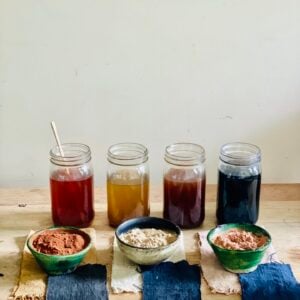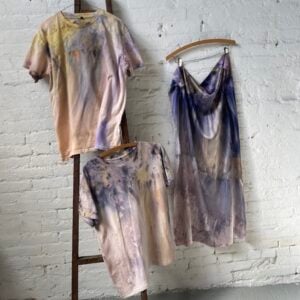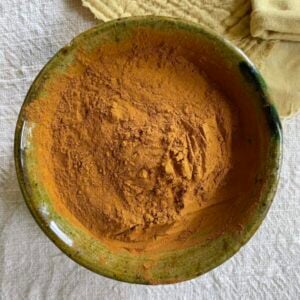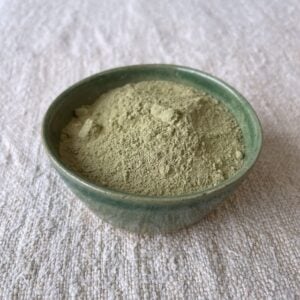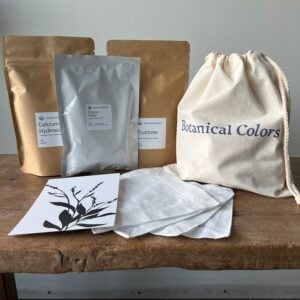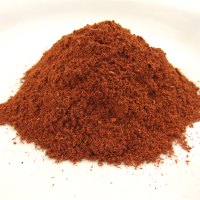Recording: Foundation Course in Natural Dyes With Kathy Hattori
Recording: Foundation Course in Natural Dyes with Kathy Hattori Download link is added to your Botanical Colors account dashboard upon purchase. Please check under Downloads on your dashboard for access. If any questions, please email [email protected] We invite you to join us for one of our most exciting classes: A Foundation Course in Natural Dyes. One of the greatest pleasures in exploring natural dyes are the endless possibilities of creating color with plants and flowers. If you’ve been bitten by the natural dye bug, natural dyes will just become a lifetime of learning for you. But first, you need a … Read more

